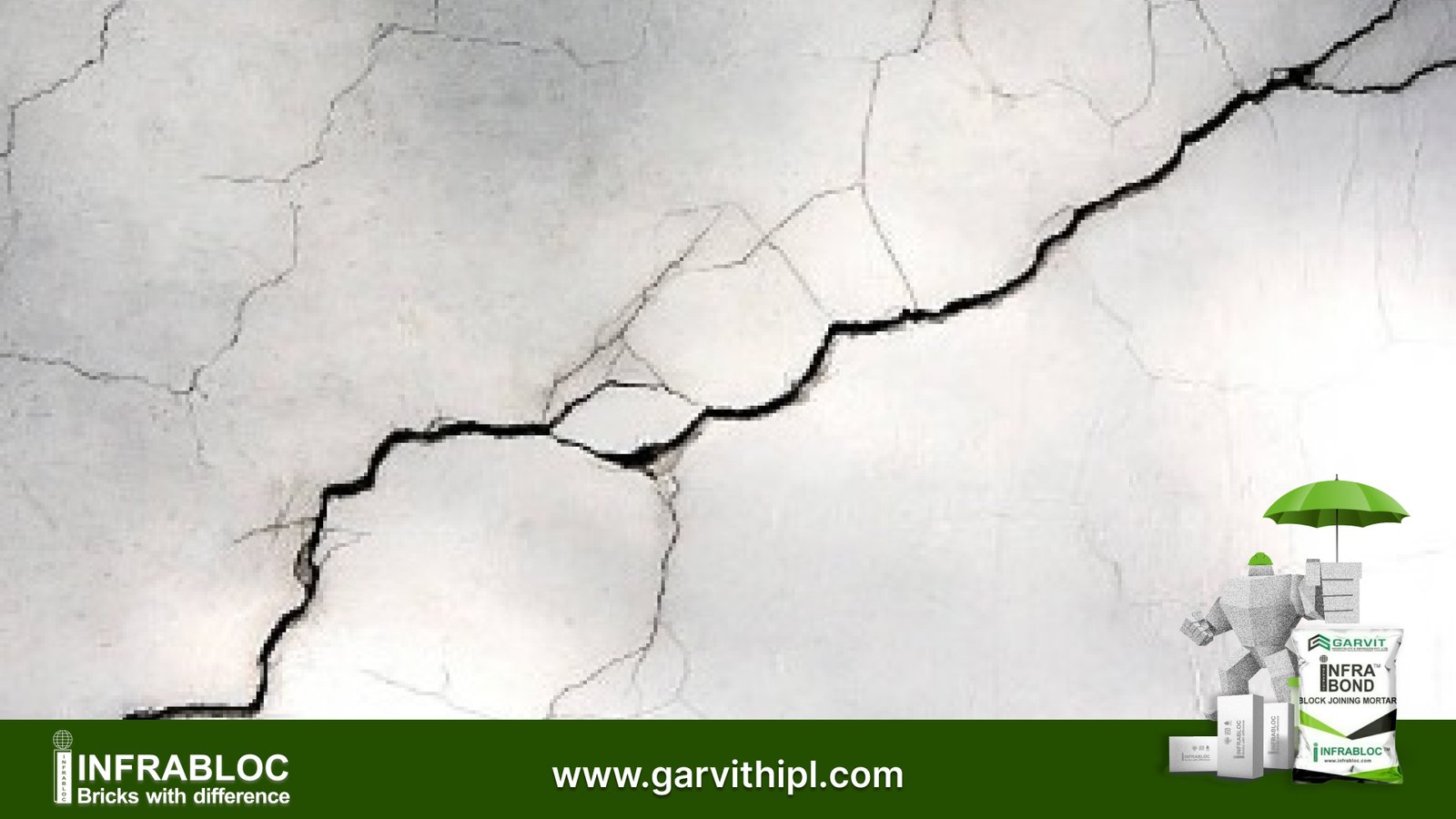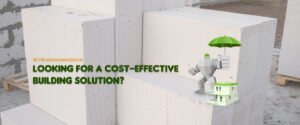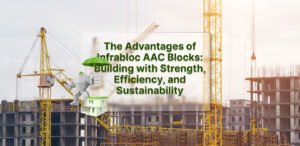Introduction: When it comes to constructing durable and reliable walls, AAC (Autoclaved Aerated Concrete) blocks are a popular choice due to their strength, thermal insulation, and eco-friendly properties. However, like any construction material, AAC block walls can develop cracks over time. Understanding the factors that contribute to these cracks and implementing preventive measures is essential to ensure the long-term stability and performance of your walls.
Factors Leading to Cracks:
- Settlement and Shrinkage: AAC block walls can experience settlement and shrinkage due to the natural drying process of the blocks. These phenomena may cause minor cracks, particularly during the initial stages of construction. Proper curing techniques and using high-quality mortar can minimize the impact of settlement and shrinkage.
- Uneven Loading and Foundation Issues: Uneven loading or inadequate foundation support can exert excessive pressure on specific areas of the wall, leading to cracks. Ensuring a well-designed and properly engineered foundation, as well as evenly distributing the load, is crucial in preventing such cracks.
- Temperature Variations: Extreme temperature fluctuations can cause expansion and contraction of the AAC blocks, resulting in cracks. Proper insulation and thermal barrier systems, along with incorporating expansion joints, can help alleviate the stress caused by temperature changes.
- Moisture and Water Intrusion: AAC blocks are known for their moisture resistance. However, prolonged exposure to excessive moisture or water intrusion can weaken the blocks and promote crack formation. Effective waterproofing measures, such as using water-repellent coatings or membranes, are essential to protect AAC block walls from moisture-related issues.
Prevention and Maintenance:
To minimize the occurrence of cracks in AAC block walls and ensure their longevity, the following preventive measures should be taken:
- Proper Design and Engineering: Engage experienced professionals who understand AAC block construction and can design the walls to accommodate potential movements and stresses.
- Quality Materials and Workmanship: Use high-quality AAC blocks, and compatible mortar, and follow the recommended mixing ratios during construction. Skilled workmanship is crucial in maintaining structural integrity and reducing the likelihood of cracks.
- Appropriate Curing and Drying: Implement proper curing techniques to allow the blocks to dry uniformly, minimizing the risk of settlement cracks. Adequate curing time and moisture control are vital in achieving the desired strength and stability of the walls.
- Regular Inspection and Maintenance: Conduct routine inspections to identify any signs of cracks or damage early on. Promptly address any issues through appropriate repairs and maintenance, ensuring the integrity and longevity of the AAC block walls.
Conclusion: While cracks can occur in AAC block walls, understanding the underlying causes and implementing preventive measures can significantly minimize their occurrence. By following proper construction practices, using high-quality materials, and considering environmental factors, you can enjoy the numerous benefits of AAC blocks while ensuring durable and crack-resistant walls for your construction projects.




